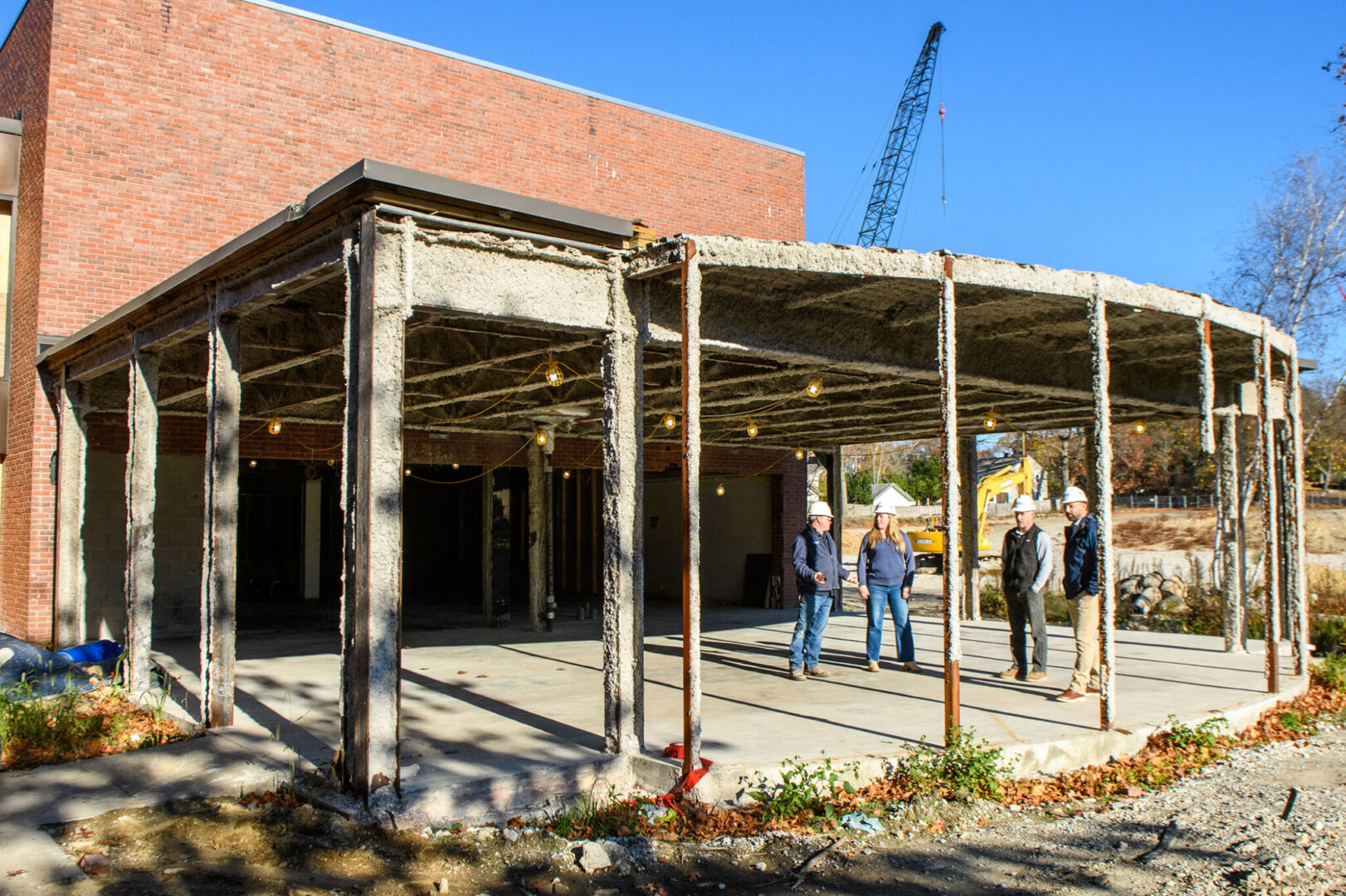By: John Hyde, Senior Sustainability Manager for Banker & Tradesman
In recent years, the construction industry has focused on increasing energy efficiency and reducing operational carbon emissions. Building codes around the world are evolving to include proven methodologies that increase building performance and reduce operational carbon emissions, minimizing the impact of buildings on the local environment and climate.
However, just reducing operational carbon emissions is not a complete solution. We must also employ strategies to reduce embodied carbon emissions, which are the result of the mining, manufacturing, and transporting of building materials, construction activity, deconstruction, and disposal of the building at the end of its useful life.
One of the most impactful ways to reduce embodied carbon emissions is to reuse existing structures instead of building new ones. By reusing an existing structure, we utilize fewer new building materials and thus avoid the emissions associated with their production and installation.
The environmental benefits of reusing existing buildings cannot be overstated – studies have shown that embodied carbon can be reduced by 60 percent to 70 percent compared to building new. Demolishing a building creates a significant amount of waste, and the materials are often sent to a landfill. In addition to the environmental benefits, reusing existing buildings will generally cost less, reduce construction duration, and preserve the historic character of neighborhoods.
Existing buildings can be adapted for new uses, such as converting an old factory into residences, offices, or schools. They can be retrofitted with air sealing, insulation, windows, and roofing to improve their performance. Mechanical systems can be modernized to include electric heat pump systems with energy recovery and continuous ventilation. With thoughtful planning and creativity, existing buildings can become part of our strategy for addressing climate change while delivering the added benefits of reduced operating costs, improved indoor air quality, greater comfort, and lower embodied carbon emissions.
Hospital Building Repurposed in Lynn
In 2020, Element Care of Lynn was in search of a new building for its headquarters and PACE Center. They were given the opportunity to take possession of a portion of the Union Hospital Campus, which was scheduled for demolition.
The 25,000-square-foot building was built in the 1950s and had solid bones, but its systems and finishes were beyond their useful life. Element Care decided to reuse and repurpose the building, converting it into office space and a Program of All-inclusive Care (PACE) Center for the elderly population in Lynn. They kept the structure and exterior cladding, and everything else was selectively demolished.
The project’s waste management plan resulted in 82 percent of the demolition debris being recycled and diverted from a landfill. Reuse of the existing concrete structure avoided over 403.7 metric tons of carbon dioxide emissions from new materials, the equivalent to 90.6 gasoline-powered cars driven for a year. The building was modernized with insulation, windows, roof, and a variable refrigerant flow system with energy recovery ventilators for low operational carbon emissions, mitigating the impact on local environment and air quality.
Other benefits of this reuse project included reducing the construction schedule by four months, saving $1.39 million, reducing impervious surfaces, and providing needed health services and support for residents.
Some practical steps you can take when embarking on a new construction project:
- Find an existing building that will suit your needs.
- Identify items that can be salvaged, reused, or donated.
- Optimize the energy performance of every space, improve the enclosure, and electrify the building.
You can also educate yourself on building enclosure science and strategies. It’s important to advocate for and support policies that promote the reuse of existing buildings, such as expedited permitting, tax credits, and zoning incentives. We can also all spread the word about the benefits of reusing existing buildings and how they are an important strategy to combat climate change.
Decarbonized buildings have lower operating costs, increased comfort, improved resiliency, and increased property values. More importantly, they improve air quality, mitigate climate change, and contribute to a more sustainable future. Reusing existing buildings can be complicated and requires creativity, but the benefits are undeniably worth it.


